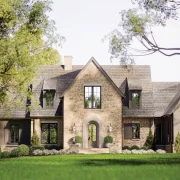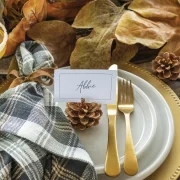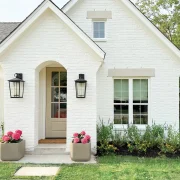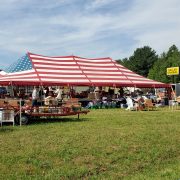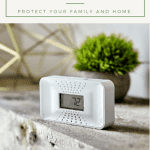Creating a Safe Home Free of Hazards
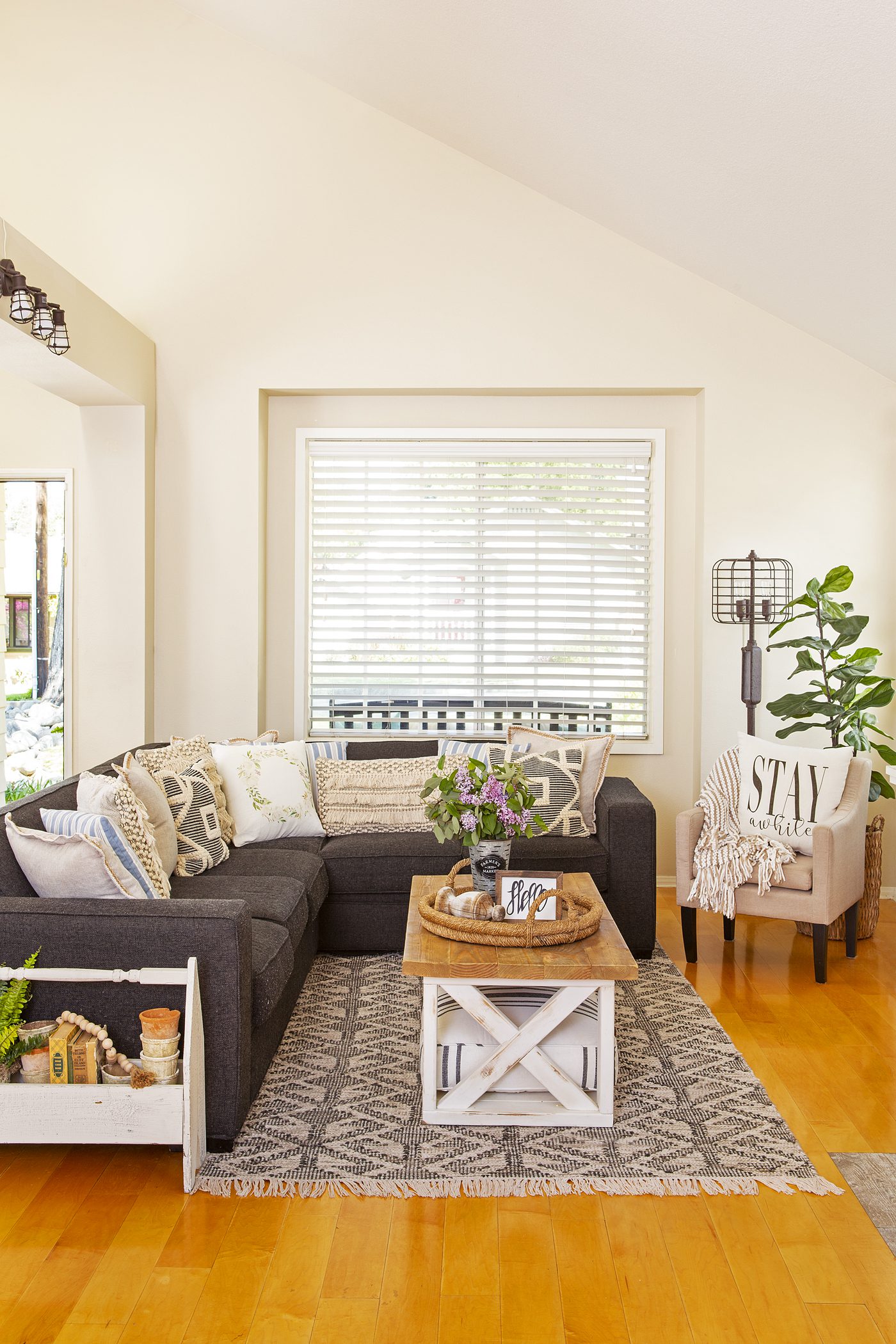
When home decor is so much fun, it’s easy to forget about what’s going on behind the scenes. While it’s easy to stay in the “it won’t happen to me” mentality, we should always take preventative measures to combat hazards that might invade our safe home. That being said, there’s no need to live in fear. There are steps you can take to protect your household.
We talked with First Alert to learn how we can detect and prevent these unwelcome home hazards. Here are a few common household dangers and how you can give their silent threats the boot.
Carbon Monoxide
Carbon monoxide (CO) is no stranger to the news, as it causes the most accidental poisoning deaths in the U.S. every year. It’s colorless and odorless, making it impossible to detect by yourself. Arm your home with a CO alarm to stay aware of its presence in your home. “The National Fire Protection Association recommends installing an alarm on every level of the home, including the basement, and one near every sleeping area,” says First Alert.
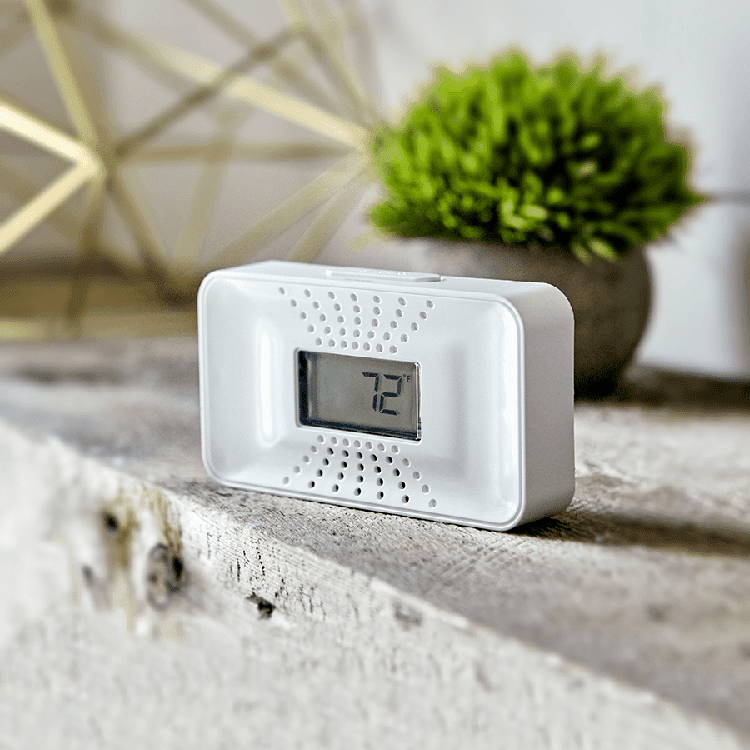
Another step you can take to prevent CO poisoning is keeping generators outdoors. Even during a power outage where it may be tempting to put one inside, keep it outdoors. Contained indoor spaces will allow CO to pool in the atmosphere and reach dangerous, potentially lethal, levels.
Radon
Radon is also odorless and colorless, making it another dangerous hazard in safe homes. “The Environmental Protection Association reports that it is the leading cause of lung cancer deaths among nonsmokers and claims the lives of about 21,000 Americans each year,” says First Alert. Hopefully, as awareness grows, that sobering number will decrease over time. Test your home for radon—it’s worth the small hassle.
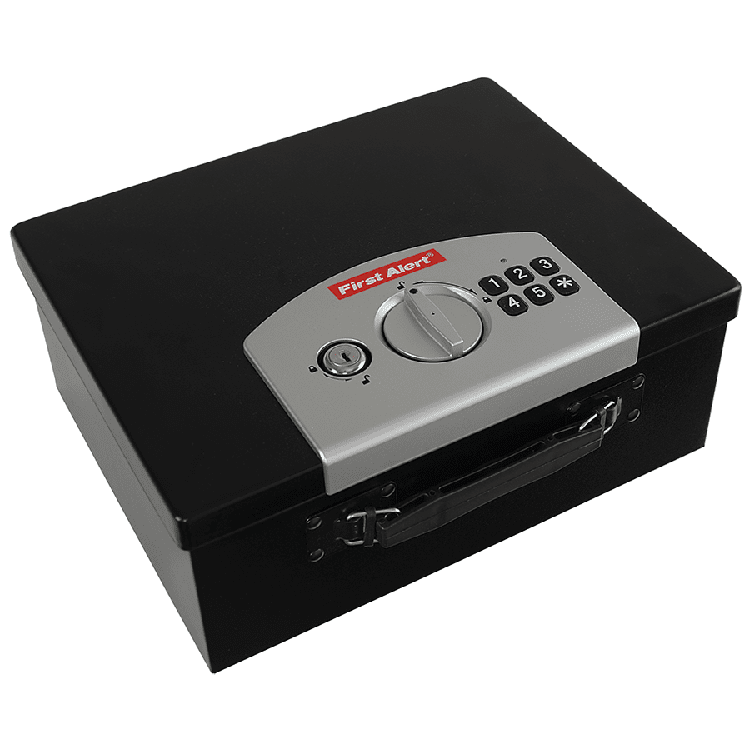
Medication Mix-Ups
This kind of hazard doesn’t grow on walls or poison your air supply—it’s curious fingers that can sneak into the medicine cabinet when no one’s looking. Colorful pills and forbidden edibles are always tempting to young minds who don’t know the dangers of taking someone else’s prescription. Keep your pills and tonics locked safely away where even a grown adult can’t break in without the access code.
Mold
Mold is an affliction most American homes face at one time or another. While it’s very unlikely to cause lethal health threats, it can cause problems such as asthma, respiratory infections, chronic sinus issues and headaches. These symptoms are especially painful if someone has a pre-existing mold allergy, which is also quite common.
Mold can be seen and smelled, but it often escapes our notice because of its inclination towards dark and hidden spaces. It grows behind shower tiles, walls and under floors. “To keep your home and family safe from mold, be sure to keep it dry,” First Alert says. Always leave the fan on a few minutes after you exit the shower, be aware of humidity levels and regularly test for mold allergens in your safe home.
Take a look at our 2019 project house! We hope it inspires your own healthy home. And of course, don’t forget to follow us on Instagram, Facebook, and Pinterest to get your daily dose of farmhouse inspiration!


